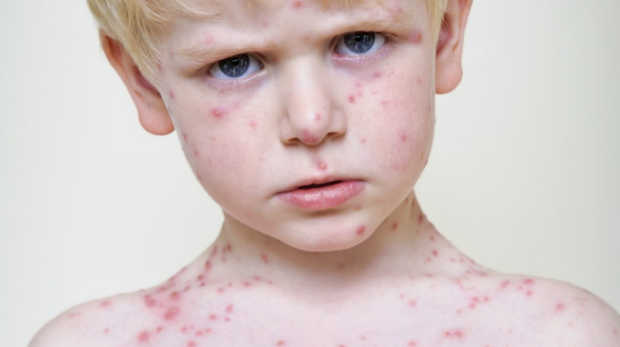
Some of Melbourne’s wealthiest suburbs are among those with the lowest immunisation rates in the state, figures show.
There is a cluster of bayside and inner-south suburbs, including South Yarra, Toorak, Brighton, Elwood, Prahran, St Kilda and Hampton, where as many as two in 10 children are not immunised, data from the National Health Performance Authority reveals.
It indicates educated professionals living in areas with higher socioeconomic levels are among the worst vaccine dodgers in the state.
A community’s immunisation rate has to be about 90 per cent for what is known as “herd immunity” to kick in, according to the National Centre for Immunisation Research and Surveillance.
By Australian Medical Association Victoria standards, anything below 93 per cent is unsafe.
An even higher immunisation rate is needed for some diseases, including measles, for which 95 per cent coverage is optimal.
South Yarra has an immunisation rate among five-year-old children of 82.9 per cent.
The immunisation rate is 86.5 per cent in Toorak, 88.5 per cent in Brighton and 86.3 per cent in Elwood.
In Prahran, Balaclava and St Kilda the immunisation rate is less than 86 per cent.
Despite being stereotyped as more alternative areas, suburbs including Brunswick and Northcote have immunisation rates closer to the state average of 93 per cent.
The National Health Performance Authority breaks down immunisation rates across Australia according to postcodes. Fairfax Media has analysed immunisation rates among five-year-old children in Victorian postcodes where more than 100 children are registered.
In the map above, the suburbs highlighted green have an immunisation rate of more than 90 per cent. Red suburbs are those with an immunisation rate of less than 90 per cent.
The red zones are at a higher risk of an infectious disease outbreak, said Dr Margie Danchin, a pediatrician at Melbourne’s Royal Children’s Hospital, who specialises in immunisation.
“It’s really quite concerning,” Dr Danchin said.
“It just takes one return traveller to come back with measles and you could potentially have quite a big outbreak in these areas.”
With parents no longer having the experience of the devastating diseases that vaccines prevent, fear of vaccines has crept in.
The fear is aided and abetted by groups that exaggerate and distort their possible harms.
It appears highly-educated, wealthier families are more concerned about vaccine safety, than their child contracting a deadly disease, Dr Danchin said.
“Part of it is around over-intellectualising the risk of the diseases to their child. Parents have this view that their child isn’t that susceptible to these diseases and therefore the vaccines aren’t necessary,” she said.
“They’re not prioritising the health of the community, they’re prioritising their child.”
Herd immunity occurs when the level of immunisation is high enough to create a ring of protection about the community. It is crucial to protect the community’s most vulnerable, including newborn babies.
Despite all the evidence to the contrary, many of these wealthy parents were still concerned about the association between the measles, mumps, and rubella vaccine (MMR) and autism, Dr Danchin said.
Any link between the vaccine and autism has been conclusively disproved.
She said many parents walking into her clinic were asking to pick and choose the vaccines for their children, rather than following the national vaccine schedule.
Most often, they request the whooping cough vaccine and the meningococcal vaccine, “because they hear about those diseases in the news and see them as a threat to their child”.
Dr Danchin and her team have recently finished surveying more than 300 mothers in Melbourne’s bayside area to determine if and why they are refusing to vaccinate their children. The findings of the survey are due to be published early next year.
The issue came to a head last week after it emerged that one in four students at Brunswick North West Primary School, in Melbourne’s north, had contracted chickenpox within a fortnight.
Only 73.2 per cent of children at the school are fully immunised, compared with more than 92 per cent in the local postcode.
Last week, the 11-week-old daughter of an anti-vaccination activist was hospitalised for two nights with whooping cough, only days after a maternal health nurse told child protection authorities of her concerns for the baby girl.
Fellow anti-vaxxers unanimously supported the woman’s decision not to vaccinate her daughter, many debating the best form of homeopathy and vitamin C to give the child.
